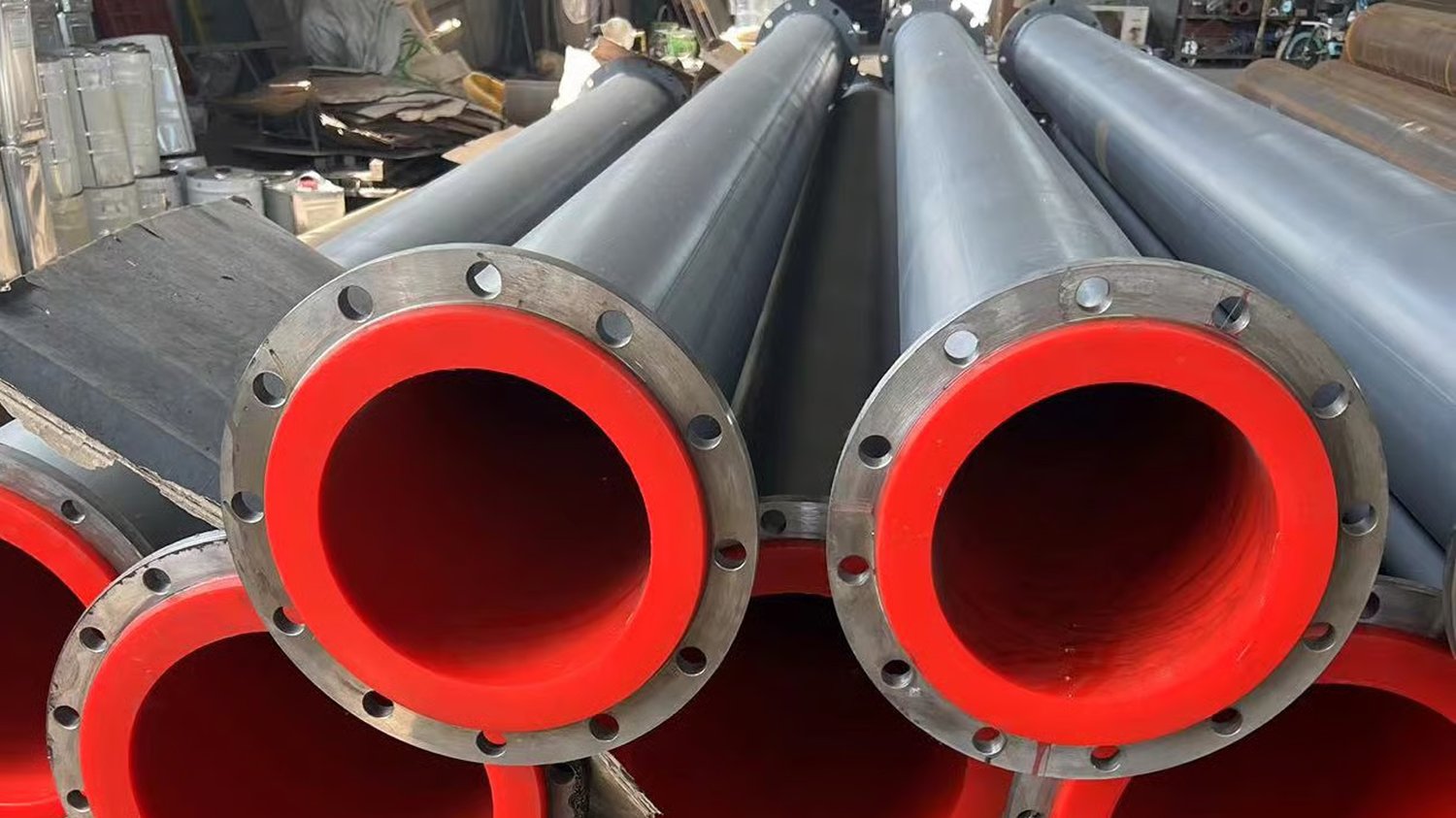Overview of Rubber Stoppers
Rubber stoppers are commonly used in laboratory settings to seal bottles and containers. They are typically made from a durable and flexible material that can withstand a wide range of temperatures and chemicals. Rubber stoppers come in various sizes and shapes to fit different types of bottles, ensuring a secure seal to prevent any leaks or contaminations.
Benefits of Using Rubber Stoppers
Rubber stoppers provide an airtight seal, preventing any air or moisture from entering the bottle and affecting the contents inside. This helps maintain the purity and integrity of the substances being stored. Additionally, rubber stoppers are easy to insert and remove, making them convenient for daily use in laboratories.
Chemical Compatibility
Rubber stoppers are compatible with a wide range of chemicals commonly used in laboratory experiments. They are resistant to many solvents and acids, ensuring that the stopper will not degrade or react with the contents of the bottle. It is important to check the chemical compatibility of the rubber stopper with the specific substances being stored.
Durability and Reusability
Rubber stoppers are known for their durability and long lifespan. They can be reused multiple times without losing their sealing properties. This makes them a cost-effective option for laboratories that frequently use bottles and containers for experiments and storage.
Size and Fit
Choosing the right size and fit of a rubber stopper is crucial for ensuring a proper seal. It is essential to measure the neck opening of the bottle accurately and select a stopper that matches the size. A tight and secure fit will prevent any leaks or evaporation of the substances.
Specialized Rubber Stoppers
Some laboratory applications may require specialized rubber stoppers, such as those with pre-drilled holes for inserting probes or tubing. These stoppers provide additional functionality for specific experiments or testing procedures. It is important to select the appropriate stopper for the intended use.
Cleaning and Maintenance
Rubber stoppers should be regularly cleaned and inspected for any signs of wear or damage. They can be washed with soap and water or sterilized using autoclaving methods. Proper maintenance of rubber stoppers will ensure their effectiveness and longevity in laboratory settings.
Alternative Sealing Options
While rubber stoppers are commonly used in laboratories, there are alternative sealing options available, such as silicone stoppers or lids with screw caps. These options offer different advantages depending on the specific requirements of the experiment or storage needs. It is important to consider the best sealing option for the desired outcome.
Environmental Impact
Rubber stoppers are typically made from natural rubber or synthetic rubber materials. It is important to consider the environmental impact of using rubber stoppers and explore sustainable alternatives if possible. Recycling or repurposing rubber stoppers can help reduce waste in laboratory settings.
Conclusion
In conclusion, rubber stoppers play a crucial role in maintaining the safety and integrity of laboratory bottles and containers. Their airtight seal, chemical compatibility, durability, and ease of use make them an essential tool for researchers and scientists. By understanding the benefits and considerations of using rubber stoppers, laboratories can ensure the success of their experiments and storage practices.

